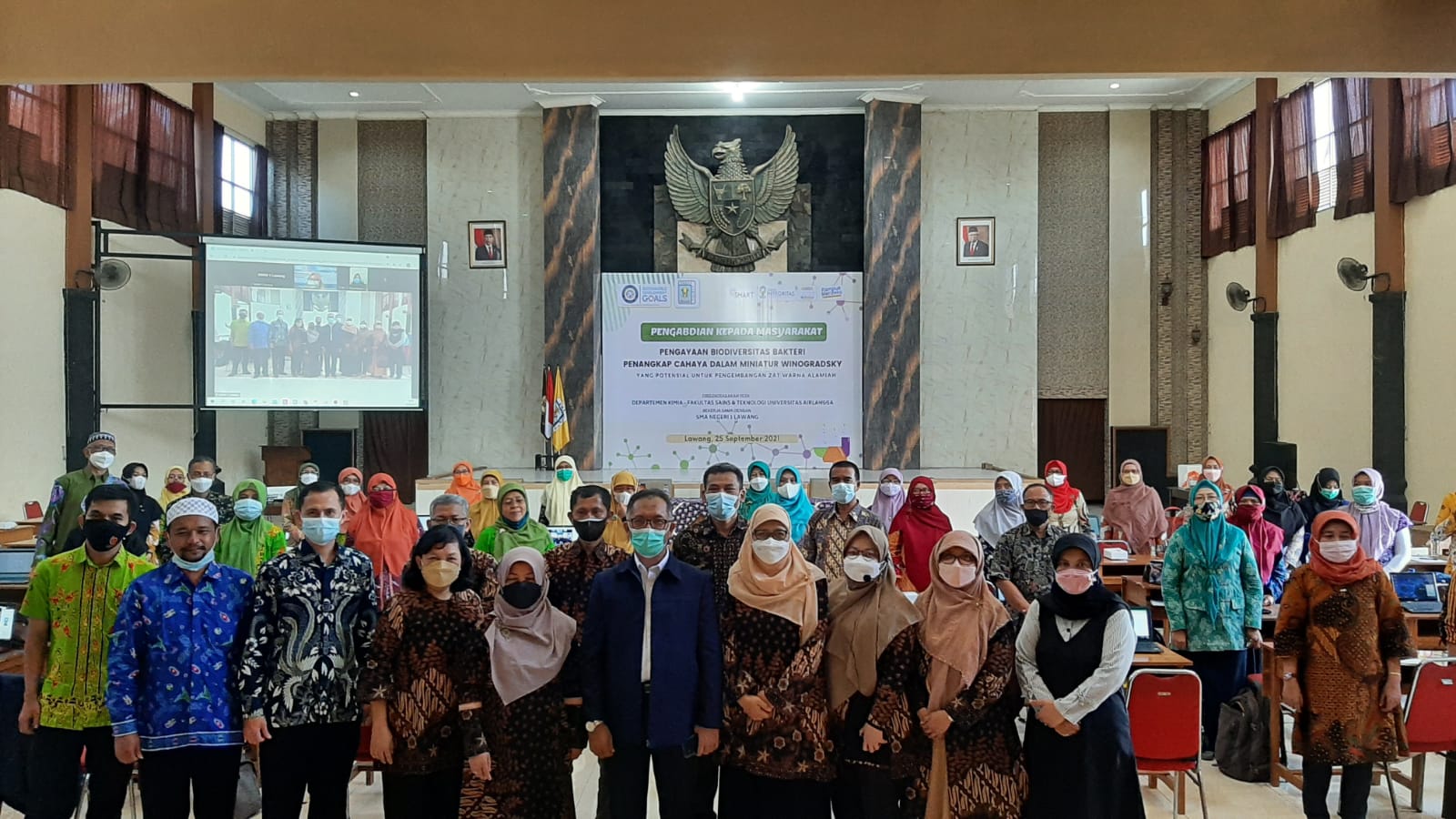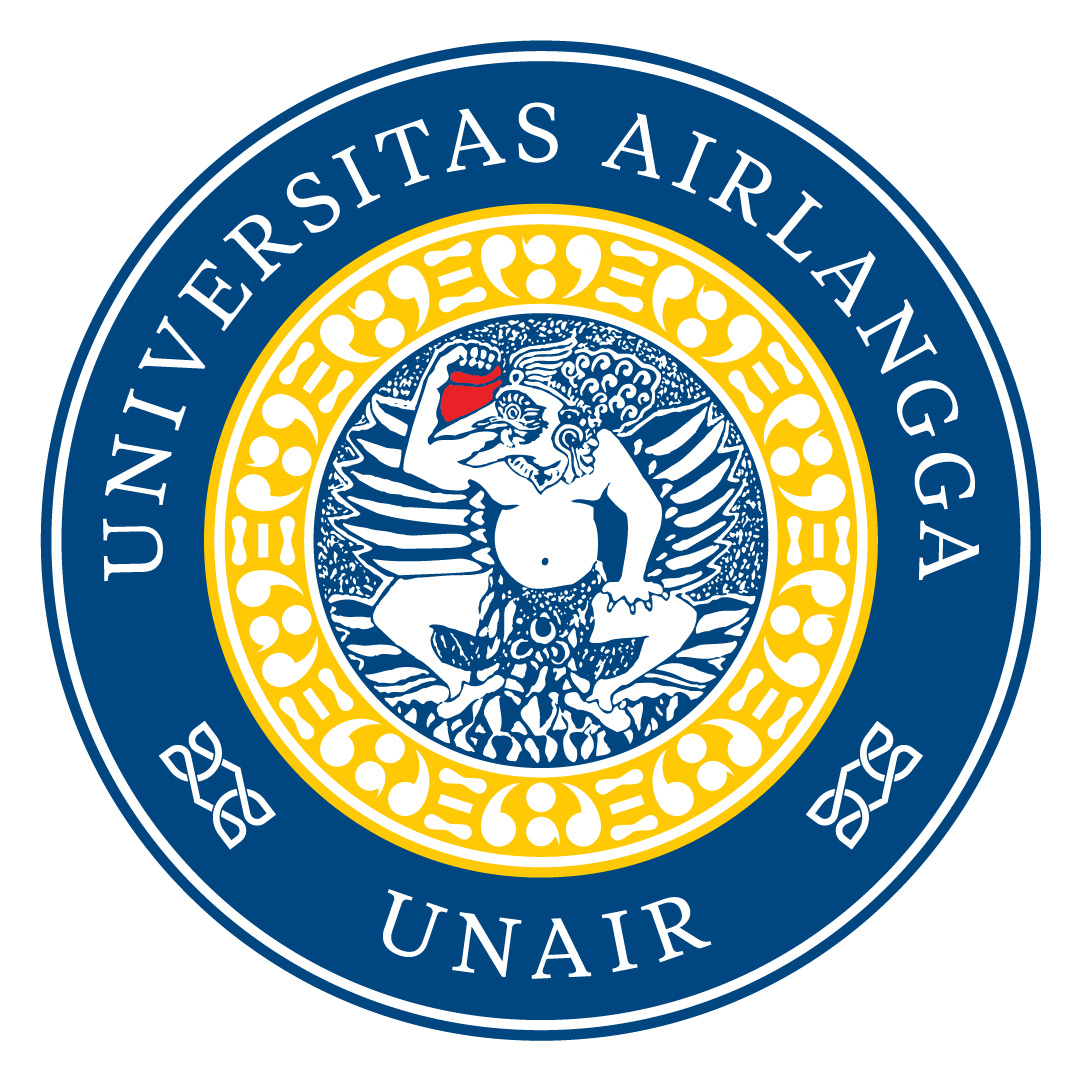UNAIR Chemistry Lecturer Conducts Biodiversity Enrichment of Light Capturing Bacteria to Develop Natural Dyes

Currently, many industries are using chemicals, but it’s important to note that these chemicals can become pollutants for the environment. This is because chemicals fall into the category of B3 waste (Hazardous and Toxic Materials).
Pollution from chemicals produced by both large-scale and small-scale industries can increase BOD (Biological Oxygen Demand) and COD (Chemical Oxygen Demand). This increase can affect the sustainability of wildlife in their vicinity, posing health risks if these animals are consumed by humans.
In response to these issues, the Department of Chemistry, Faculty of Science and Technology (FST) at Universitas Airlangga (UNAIR) conducted a community service project titled “Enrichment of Light-Capturing Bacteria Biodiversity in Winogradsky Miniatures Potential for Developing Natural Dye Compounds.” This hybrid activity, conducted both offline and online, took place on Saturday, September 25, 2021.

Prof. Dr. Afaf Baktir, M.S., highlighted the harmful effects of chemical waste, advocating instead for the use of natural dyes derived from plants or microorganisms. She discussed the Winogradsky column as a simple tool for cultivating various types of microorganisms.
According to Prof. Afaf, the Winogradsky column provides an environment closely related to the diverse microorganisms found in pond water and assembled mud. “The column supplies nutrients and a sample of microorganisms. It’s crucial to use water exposed to sunlight for vibrant colors, as well as mud,” she added.
Creating such columns, she explained, yields a variety of microorganisms. These organisms do not exist in isolation but interact within the column ecosystem. “The microorganisms that emerge provide nutrients for subsequent microorganisms. This system is primarily driven by light, especially sunlight,” she stated.
Additionally, the Winogradsky column is unique in that the microorganisms grown within it mirror those found in their natural habitats, differing from those cultured in a laboratory setting.
In addition to discussing the development of natural dyes using the Winogradsky column, hands-on training was provided to Chemistry and Biology Teacher Work Groups (MGMP) across Malang Regency at SMA Negeri 1 Lawang, Lawang District, Malang Regency, East Java.
The event aimed to support teaching and learning activities for teachers in their respective schools, reducing reliance on chemical dyes and minimizing environmental pollution.

